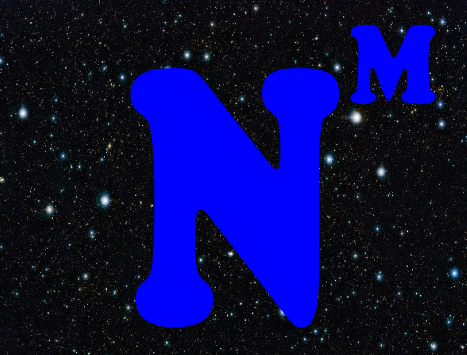


I obtained my PhD in Martian Geochemistry at the University of Glasgow (UK), where I used geochemistry on Martian lava flows from Mars (Martian meteorites), lent in collaboration with NASA and the Natural History Museum of London, to reveal the interior temperature and composition, volcanic processes, and planetary evolution of Mars.
Subsequently, I was a Postdoc Researcher in Planetary Geosciences at the University of Pavia (Italy), as a Co-Investigator of the BepiColombo mission (in collaboration with ESA and INAF), in order to reveal the geochemistry of Mercury lava surface and to provide spectral information for the on board VIHI instrument.
At present, I'm a Postdoc Researcher in Planetary Volcanology and Geochemistry at the University of Calabria (Italy), where I analyze Solar System lava to understand how Mars and Venus evolved. I also analyze other extraterrestrial material. In addition, I use my scientific data to inform present and future space missions activities.
In 2020 I found the first evidence of volcanic convection in a magma chamber on Mars and the temperature of its interior, arguing for a still volcanically active planet. In 2023 I found the first Mercury geochemical analog on Earth, advancing the theory that Mercury may once have been as large as the Earth.
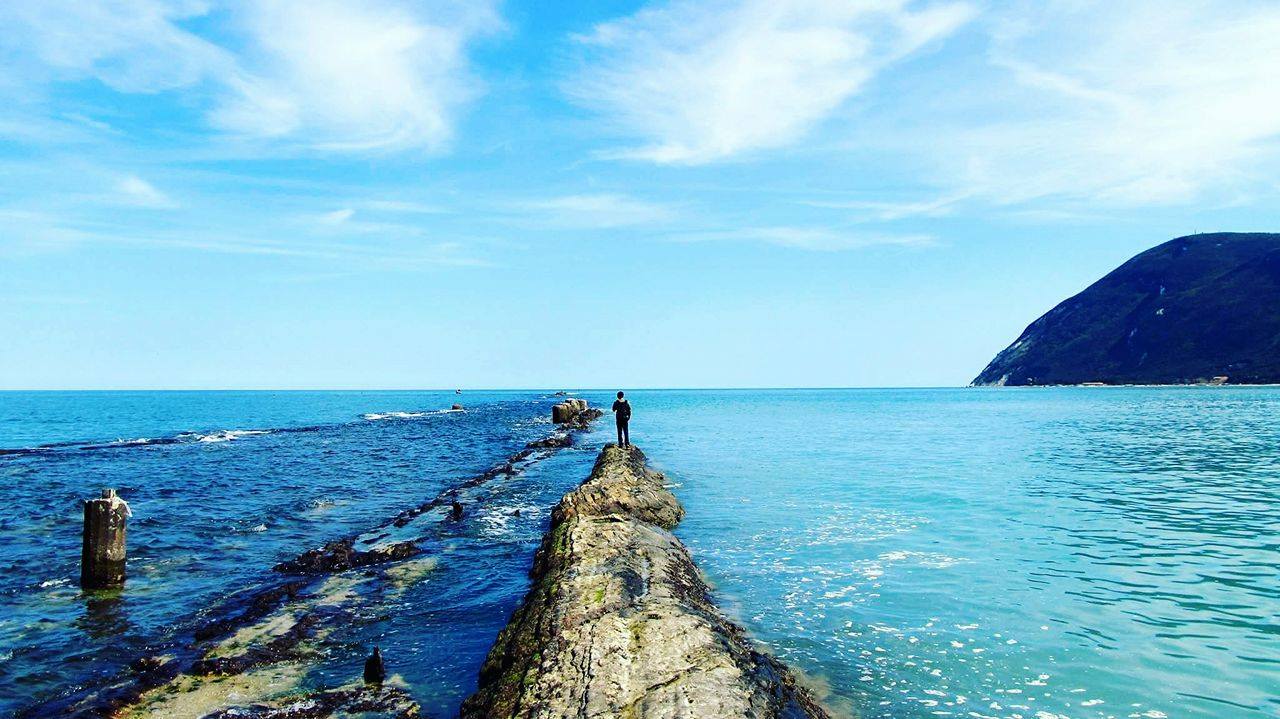
“No, Nicola! don’t go there! …it’s dark!”. These were the words that mostly signed my first 2 years of existence. The darkness. I was always fascinated by the mystery and the unknown. The last frontier of the unknown for the mankind it is represented by the cosmos, the mysteries of our Universe. Understanding the cosmos and the planets was my passion from when I was 3 years old, I passed almost every day of my childhood drawing planets, also imagining how the surfaces of these alien worlds could look like.
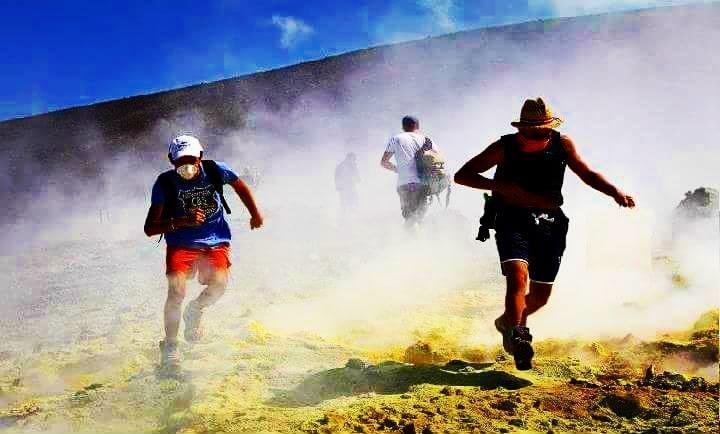
During my adolescence my passion for Planets has grown parallel to that for Computer Science, so that I was confused which of the two topics could be relevant for my future life, and so for my academic application. Apparently, life chose at my place: the icelandic Eyjafjallajökull volcano erupted the day in which I had to make the choice. All the European flights were cancelled; my flight was one of those. I had to depart to do the academic application in Computer Science studies, but that day I decided to pursue my primordial passion by doing the application for Geology studies. I called that volcano the “volcano of destiny”. It was a lucky accident.
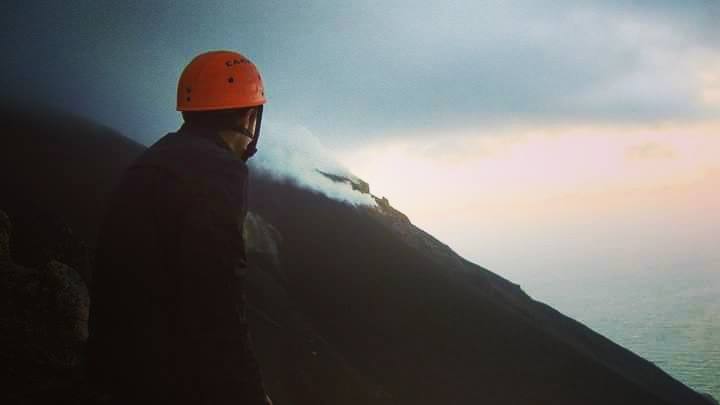
My real adventure start here. During the first year of Geology in Italy I realized that it is the topic that I really like and I started to understand how a planet works (tectonics, chemistry, physics, volcanoes). I liked to read several books on geological and planetary topics and collected tons of rock, mineral, and fossil samples during my excursions that I subsequently cataloged. Also, adventures around Europe and Asia (Maldive islands) opened my mind on how planet Earth and, in general, planetary processes works. I was very enthusiastic about this world and fascinated to know how much stories and information a single mineral can tell you when you study its chemistry. The way in which I looked at the natural environment changed forever. In the end I went in Iceland to the “volcano of destiny”. In a last attempt where I tried to discover what caused the eruption (and so what really determined my destiny) I analyzed samples of lava erupted on the fateful day, finding out that a phenomenon of magma mixing triggered the explosive eruption the day before the powerful event.
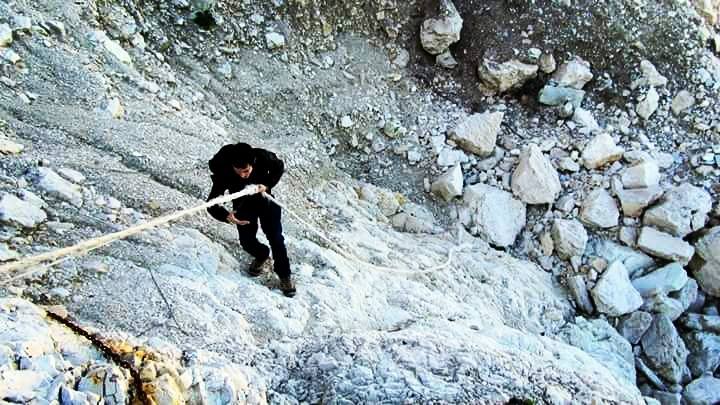
I realized that Volcanology really fascinate me and also wanted to investigate deeper into magma mixing phenomena during volcanic eruptions – so I continued on this way. I was selected for an international project in USA in order to obtain two Master’s Degree in Geology and in Volcanology, respectively, between Italy and USA. I went overseas, in Michigan, where I continued my researches on magma mixing phenomena. In Michigan, I met researchers that gave me lava samples from Pacaya and Fuego volcanoes (Guatemala) that come from eruptions with different degree of explosivity, but similar chemistry, suspecting that magma mixing could cause this variations in explosivity (as happened in Iceland). In the meantime, I had the opportunity to explore both the Western and the Eastern coast of USA where I learned more about the geology and also met lots of people that helped me with my researches and suggestions. To complete my research, I needed other samples from the Pacaya volcano, so I joined an expedition in Guatemala to go to collect them. Once collected, I analyzed all the samples in laboratory and argued for a correlation between the duration of magma mixing phenomena and explosivity of volcanic eruptions.
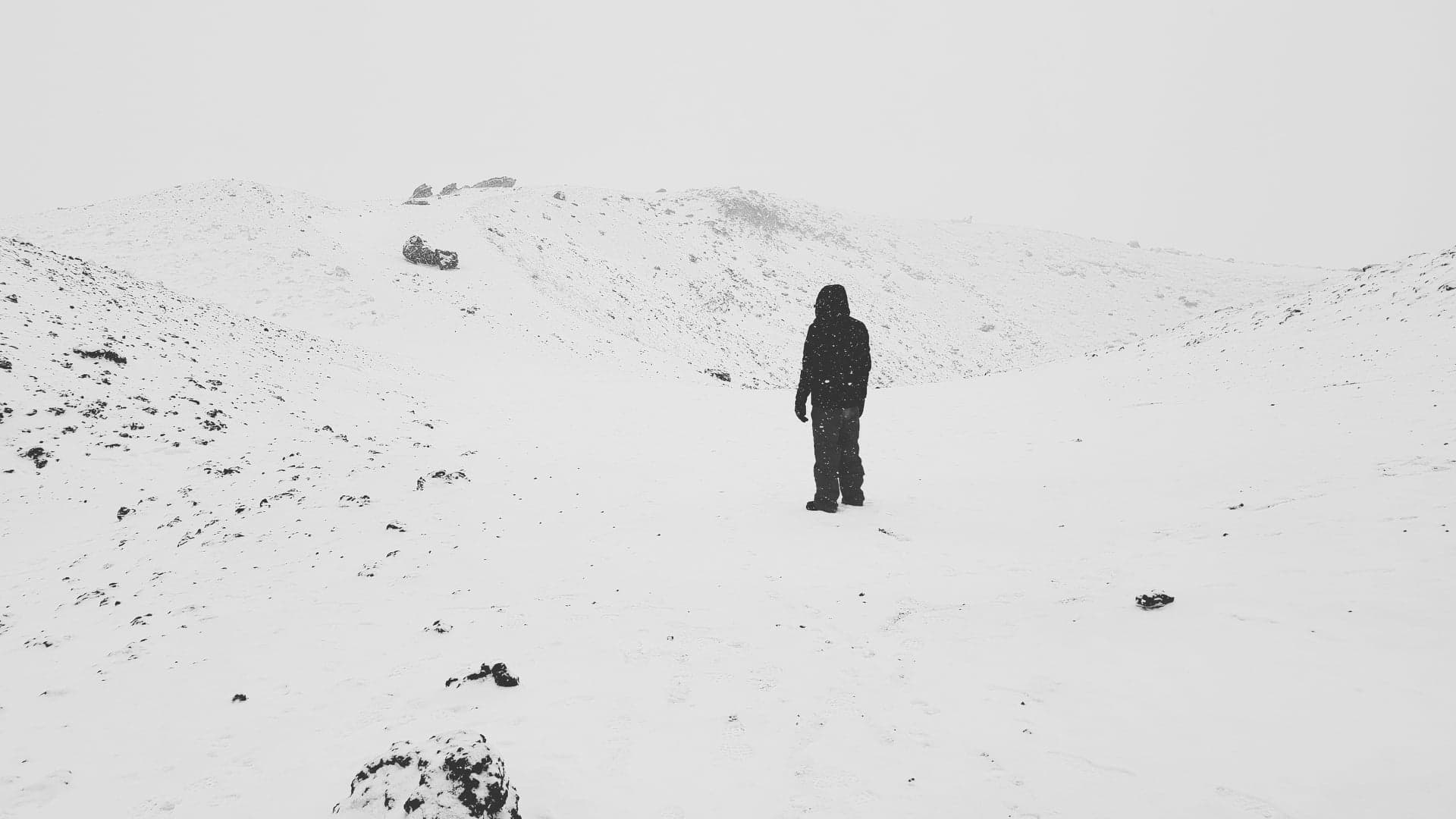
After my graduation, it was the moment to rediscover my primordial passions, Planets and Astronomy, but with the knowledge that I acquired about Geology and Volcanology. I combined all these things and I was lucky in winning a PhD position in UK about Martian Geology, where I had the incredible task of discovering new things about Mars formation and evolution by analysing pieces of lava flows that come from Mars (in the form of Martian meteorites). I was so lucky to end up in a really nice planetary science team, also involved in some way with Mars space missions. Initially, I had to obtain the pieces of Mars in collaboration with NASA and the NHM of London. Also, I used to collect other geo-volcanological material, in analogue Martian environment islands like Lanzarote (Spain) and the Azores (Central Atlantic Ocean), that could be useful for my experiments and for comparison with Martian lavas. I conducted my analysis of five Martian lava flows and their isotopes, between UK and France. Literally, I had to crush pieces of Mars with my hands! The evidence of an heterogeneous Martian interior was hidden into my data. I presented these results at conferences in Russia and Japan. Subsequently, by looking in details at a Martian meteorite that was found in the Sahara I spotted two weird big green crystals (called ‘olivine’) that come from the Martian mantle. I was so upset of the potential of this meteorite that I also went in the Sahara Desert, close to its fall site, trying to find other pieces of it. I was thinking to use these special olivine crystals as “thermometers” to calculate the temperature of the Martian interior. What I discovered at the end was the first proof of magmatic convection on Mars! Along with an internal temperature similar to the primitive Earth, arguing that Mars could be still a volcanically active world today.
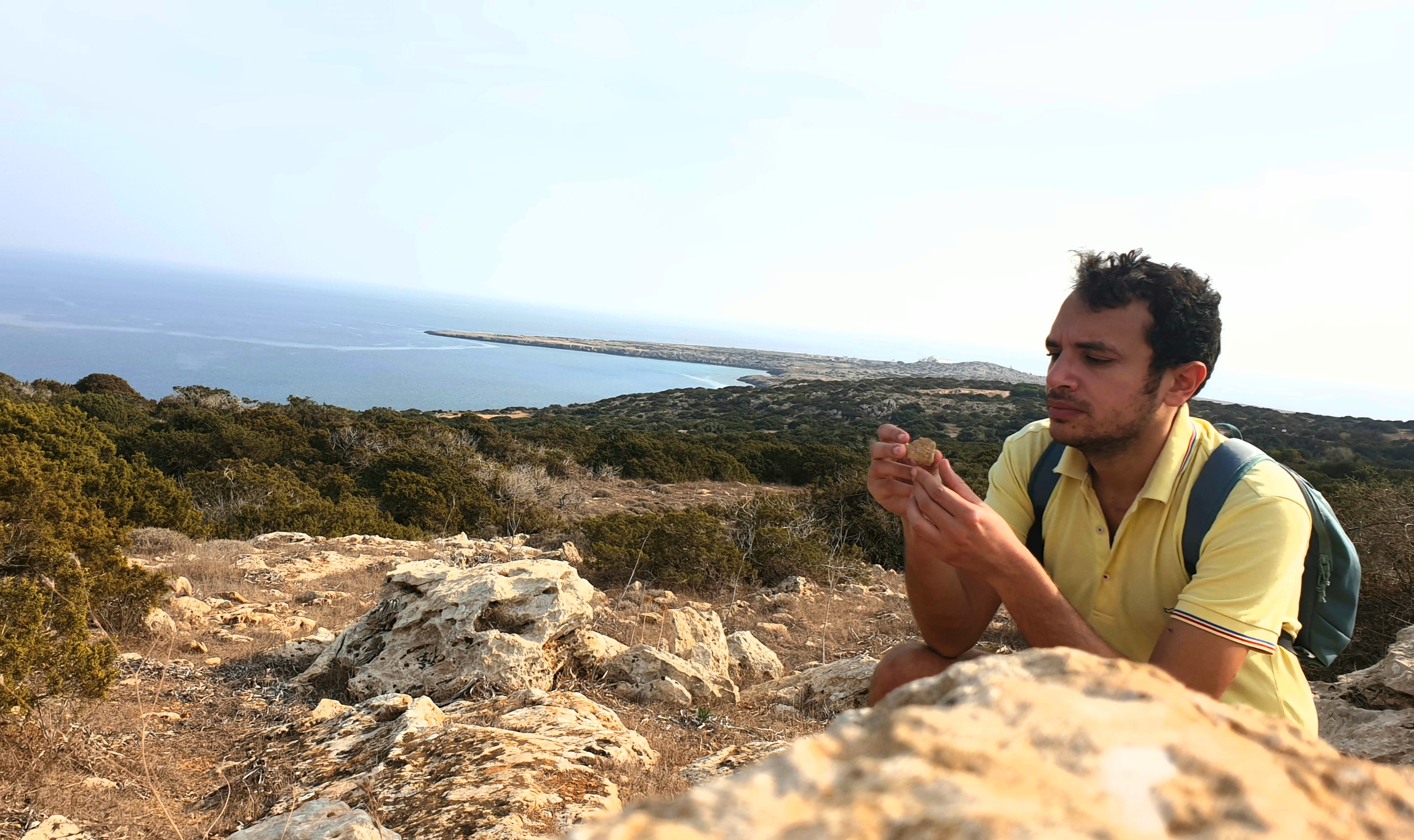
After the PhD, my intention was to incentivize the Planetary Geosciences in Italy, in order to come back to my own country to do research. I was contacted by a group of Italian researchers involved in the BepiColombo mission: the ESA/JAXA mission that analyze the surface geochemistry of Mercury. This research group added me as a co-investigator of the mission in order to find and study lava rocks similar (analog) to Mercury, to better inform the spectrometer instrument data onboard BepiColombo, before the mission reached Mercury – since we do not have Mercurian meteorites on Earth. In the meantime, I was contacted by another researcher that was organizing a scientific mission on the Etna volcano to try to find lavas that may be planetary analogs – this was my opportunity to find rocks that may be similar to Mercury. Thus, I joined the mission as the sampling leader and we, together with other researchers, reached and climbed several Etnean lava flows, during an eruptive phase of the volcano. We decide to try to build a ‘planetary geochemical analog database’ on Earth, with samples that can resemble all the terrestrial planets of the Solar System (Mars, Venus, Mercury). Analog Mars samples are already available on Earth and we expected that the Etnean lavas where analog to Mars; but this was not the case. Surprisingly, after analysis at NASA JSC, the lavas were found to be analog to Venus! Thus, I also started to be involved with a Venus geology group concerning mission concepts for landing on Venus volcanoes and to discover if Venus is still volcanically active. In the meantime, by analyzing meteorites analog to Mercury (aubrites), I realized that one of the best terrestrial analog rocks for Mercury could be found on the island of Cyprus. Thus, I quickly organized a sampling mission and reached the island, where I explored the remnant lavas in the seabed of a lost ocean and I found the rock samples that I needed (boninites). After the analysis, I discovered that one of the lavas is an analog of the surface of Mercury! Subsequently, I explored in deep a real Martian analogue: the Atacama Desert, in Chile. Finally, we officially created an international team (that include many space agencies and investigators of the Venus mission) called ‘Team AVENGERS’: with the scope to find volcanoes similar to Venus on Earth.

With the newly formed AVENGERS Team, I begin focusing on the study of submarine volcanic lavas as terrestrial analogues for Venusian lavas. In the meantime, I obtain a new postdoctoral position in my home region – Calabria – where, in addition to continuing my investigation into the internal evolution of terrestrial planets, I learn about the discovery of still-living microbial life in fluid inclusions within gypsum deposits millions of years old. This opens the door to an astrobiological line of research on the possibility that extraterrestrial life might have been preserved in the gypsum dunes of Mars. As a first step, I travel to Sicily, where I collect my first submarine lava samples in Acicastello. Shortly afterward, together with the AVENGERS Team, we reach the island of La Palma (in the Canaries), partially devastated by a major eruption of the Cumbre Vieja volcano. There, I collect more submarine lava samples. Then, I organize a massive expedition to the Pacific Ocean, where, between Melanesia and Polynesia, I navigate through villages and ancient rituals to gather further submarine volcanic lavas. At the same time, this leads me to investigate ancient myths and legends about volcanoes on each island, in an attempt to pinpoint possible volcanic locations through careful geomythological analyses.
